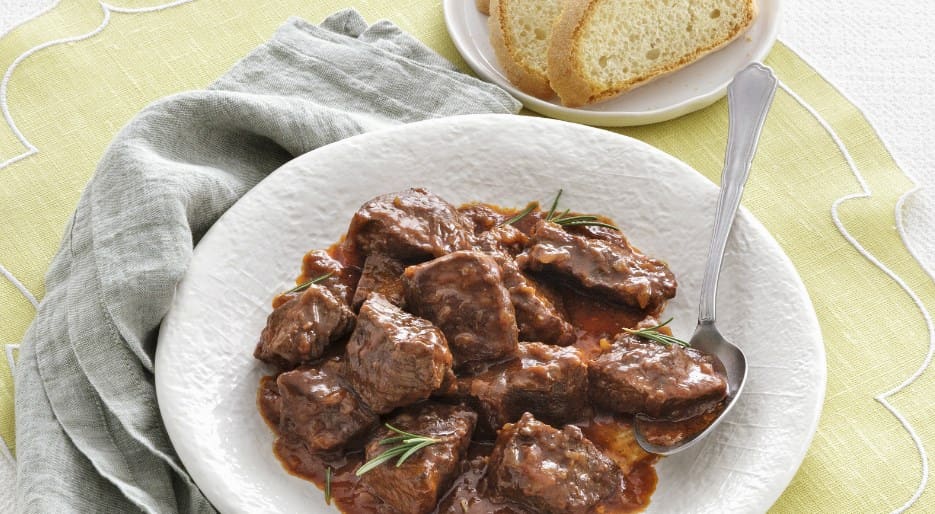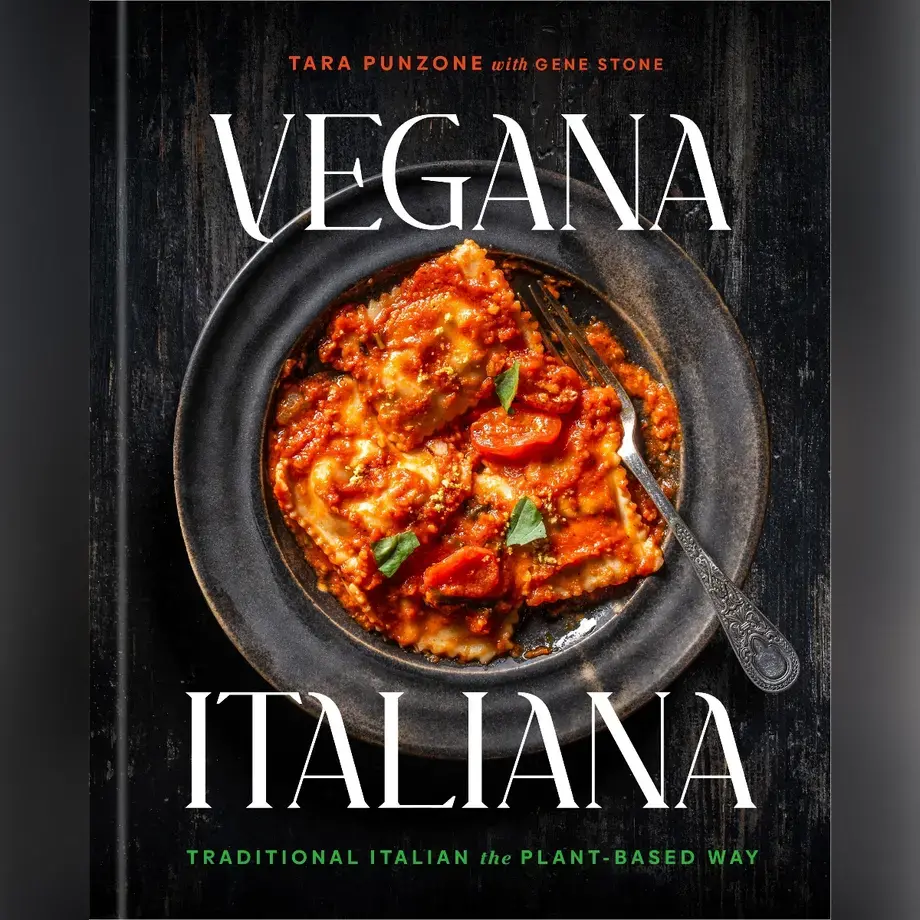When I first moved to Italy it was a shock to see butcher shops that specialised in horse meat products, openly selling cuts of meat that for me were obscene.
There are always those moments of a culture shock when it comes to food, living in another country. For me, it was whole, skinned rabbits peering out of vacuum-packed confectionary in the supermarket meat aisle, like a scene from the Matrix, but also the openness to selling and eating horse meat in the city of Milan.
Horse Meat culture
In Italy horse meat is considered to be wholesome and nourishing meat that sits somewhere between beef meat and venison. In Italy, horse meat is given to the young and the infirm recovering from illness. They consider horse meat benefits to be lean and high in iron. Horse meat protein can build you up. It, therefore, has connotations of something that is good for you, something that tastes good and is good.
History of eating horse meat
So why is horse meat acceptable in Italy and France and not the UK, Ireland and the English-speaking world? The aversion to eating horse is something that is very recent in our history, relatively speaking. Humans have always hunted wild horses and eaten their meat, they were a very important source of protein for the hunter-gatherer. As the horse became domesticated, however, between 4,000 and 6,000 years ago, our relationship with the animal changed.
Horse was widely eaten throughout the Agricultural Revolution as even then, protein was highly valued and scarce and waste was not an option. Right through in the Middle Ages in Europe and especially in Germany the practice continued, where it was associated with pagan religious practices and the worship of Odin in particular.
In 732, something unusual happened in Europe, a papal ban on horse meat was issued. Many religions have strict controls over what can and cannot be eaten, except Christianity, who are given leave to eat what they wish. For the only time in the religion’s history, horse meat was banned, partially to differentiate between the converted Germanic people and those still practicing the old ways, but also because the threat of Arab forces in the East, who used horses effectively in their warfare, could only be defeated on horseback. It was necessary to build strong breed stocks and encourage horses breeding for fighting rather than food.
The ban saw a decline in the use of horse meat throughout Europe for hundreds of years, although the practice of eating it survived in local traditions. That is until the French Revolution. The fall of the aristocracy and the rise of a new social order, the horses, owned by the rich as a sign of prestige were butchered to feed the hungry masses. During the Napoleonic wars, French troops were encouraged to eat their horses on campaign. It was fundamental to the success of the French empire.
The French conquest of Italy can be cited as an influence in their horsemeat tradition, but the practice predates this period and goes back as far as 1000 BC that we know of, in Veneto, where the Veneti were known for their horse breeding skills and made equine sacrifices to their goddess Reitia or their hero Diomedes. Veneto established itself as the heart of Italian horse breeding, supplying horses to the Roman legions and for circus racing.
Horse Meat in Italy
Horsemeat became and still is an important part of Venetian cuisine and in general of the italian cuisine. It also never fell out of fashion in Sardinia and Sicily where horse and donkey meat salamis and sausages are found everywhere. Padua is another province that values horse meat and in the town of Legnaro, they hold the Festa del Cavallo dedicated to all things horses, including their meat.
As a foreigner living in Italy, horsemeat is just one of those cultural differences that you eventually get used to. I have eaten horse and can agree that it is a good, slightly sweet, tangy meat that is surprisingly soft and tender. I wouldn’t order it off the menu, but neither would I refuse it if it was but in front of me.
It is not something you could do in Ireland at all. In fact, in 2013, in Ireland and the UK the presence of horse DNA found in meat products labelled as beef caused outrage in 2013, causing vast amounts of beef to be recalled. People were genuinely incensed that horses had ended up in their burgers and minced meat. It was a national scandal, heads rolled.
Roman sources claim the goddess Epona, associated with war and horses, was worshipped in Gaul and Britain. The figure has parallels with the Irish Macha. Ireland, occupied and colonised by the British for hundreds of years developed in certain isolation to continental Europe.
The popular movements around the French Revolution and the Enlightenment didn’t have the same effect as they did in Europe. The Industrial Revolution mostly passed us by. Ireland with its inward-looking Catholicism adhered to the tradition of not eating horse meat, not that they could have even if they wanted to. The British-imposed Penal Laws which forbade Irish Catholics from owning horses, they were the preserve of their landowning British rulers.
You won’t find horse on a plate in the English-speaking world, but most of the rest of the world including China, South America and the former Soviet Union you do. In Italy, much like France, the tradition is long established, and nobody bats an eyelid when they see horse on the menu.















